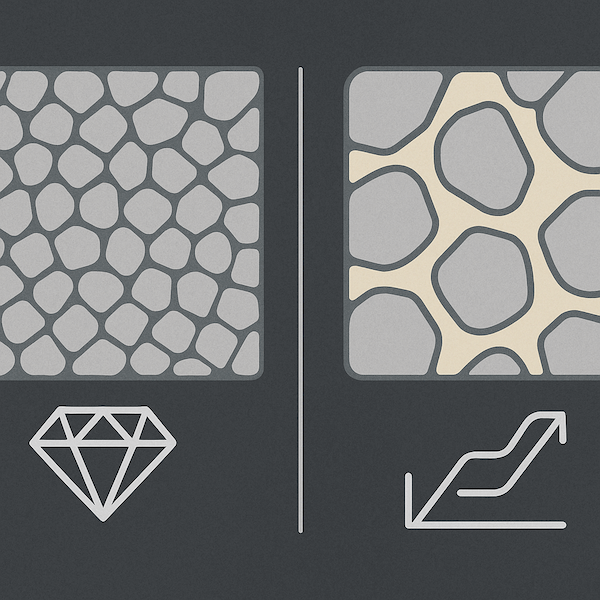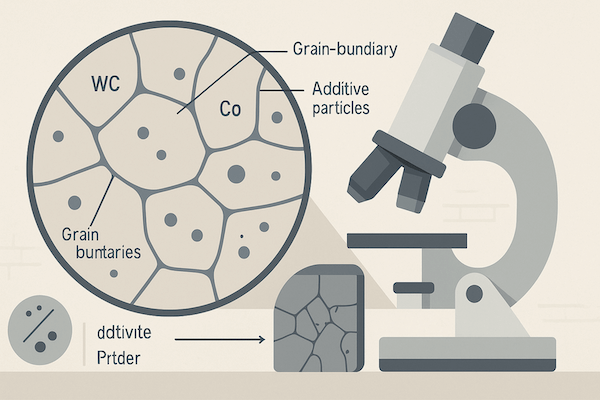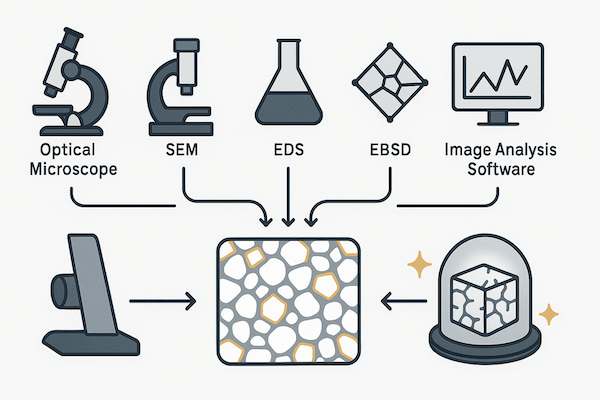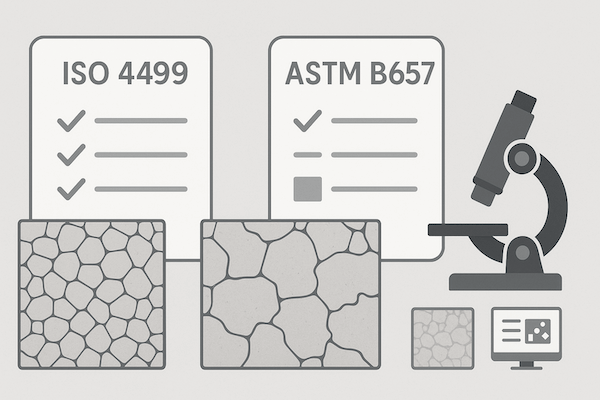为什么微观结构对硬质合金刀具如此重要

1.性能优化
这 硬度, 韧性, 和 耐磨性 碳化钨刀具的微观结构直接影响其性能。关键参数包括:
粒度:晶粒越小,硬度越高,晶粒越大,韧性越高。
粘合剂含量:影响抗冲击性和结构强度。
颗粒形状:不规则的形状可能表示烧结异常或变形。
通过分析这些属性,工程师可以根据特定应用定制材料——无论是高速切割还是重冲击钻孔。
2. 质量控制
在制造过程中,微观结构分析可确保:
各批次材料质量一致
检测异常结构(例如石墨岛或粘合剂池)
验证 烧结 成功和致密化
硬质合金制造商 通常进行微观结构分析作为 ISO 或 ASTM 标准检查的一部分,以认证硬质合金刀具 航天, 医疗的, 和 工业的 使用。
3.故障分析
当硬质合金刀具意外失效时,微观结构检查可以识别:
晶界脱聚
粘合剂浸出或侵蚀
热疲劳或 氧化 损害
微裂纹起始区
这有助于改进生产参数或用户应用方法以防止未来出现问题。
结论

微观结构分析远不止是一项实验室程序,它是高性能碳化钨刀具设计、生产和维护的重要组成部分。它将材料科学与实际性能联系起来,帮助制造商提高一致性、降低故障率并充满信心地进行创新。随着碳化钨刀具在先进工业领域的不断发展,微观结构分析仍将是其成功的基础。




